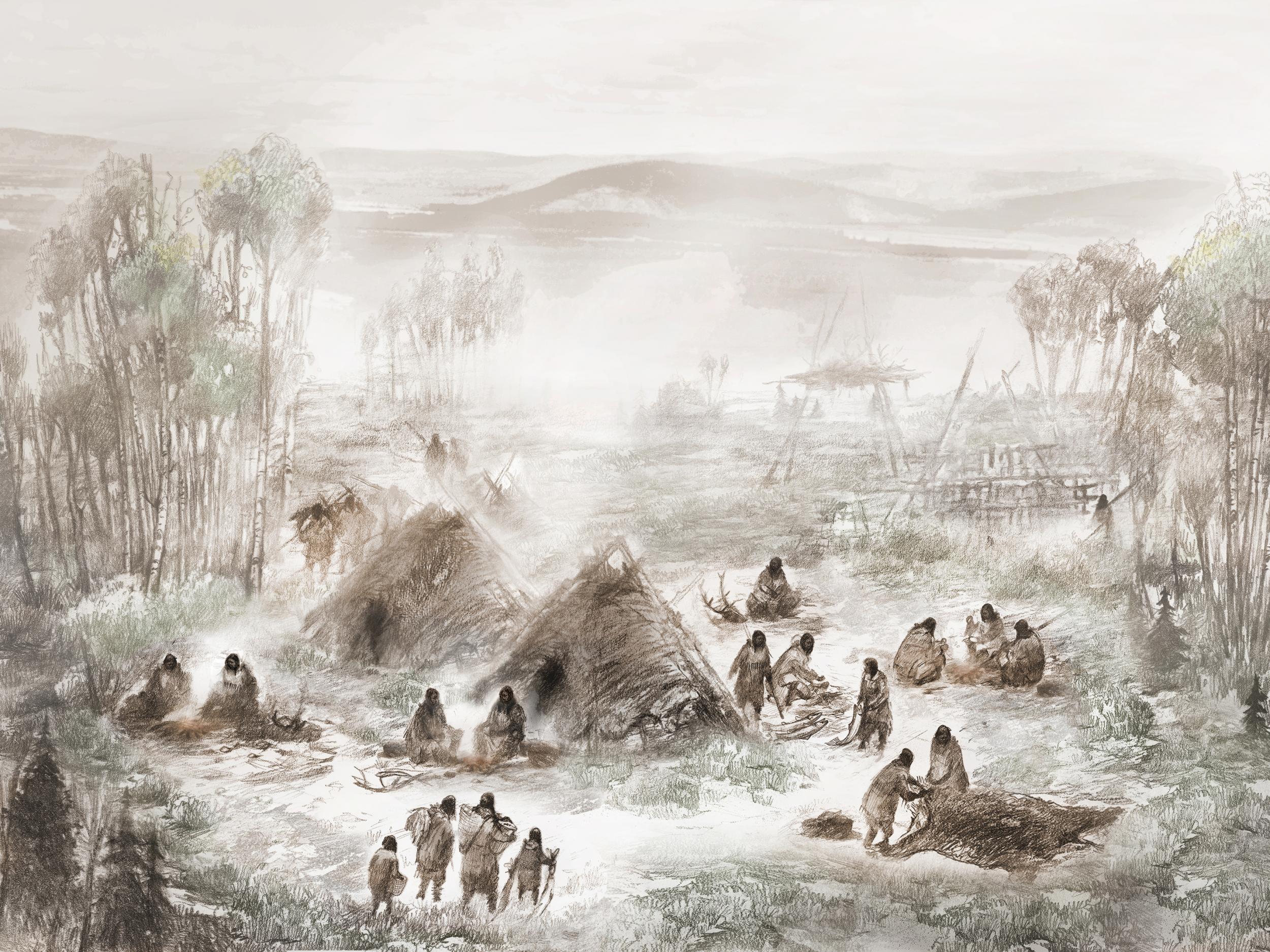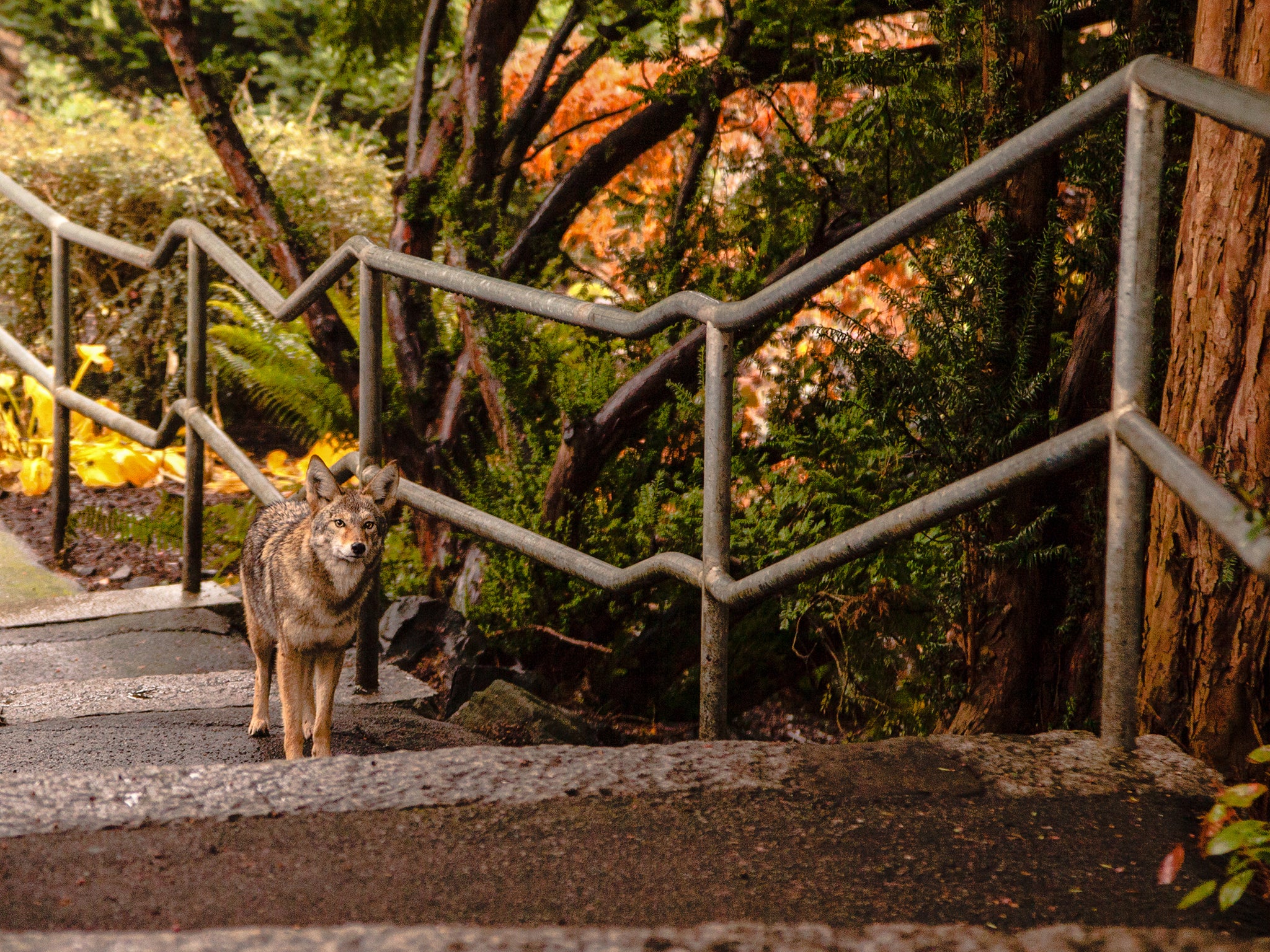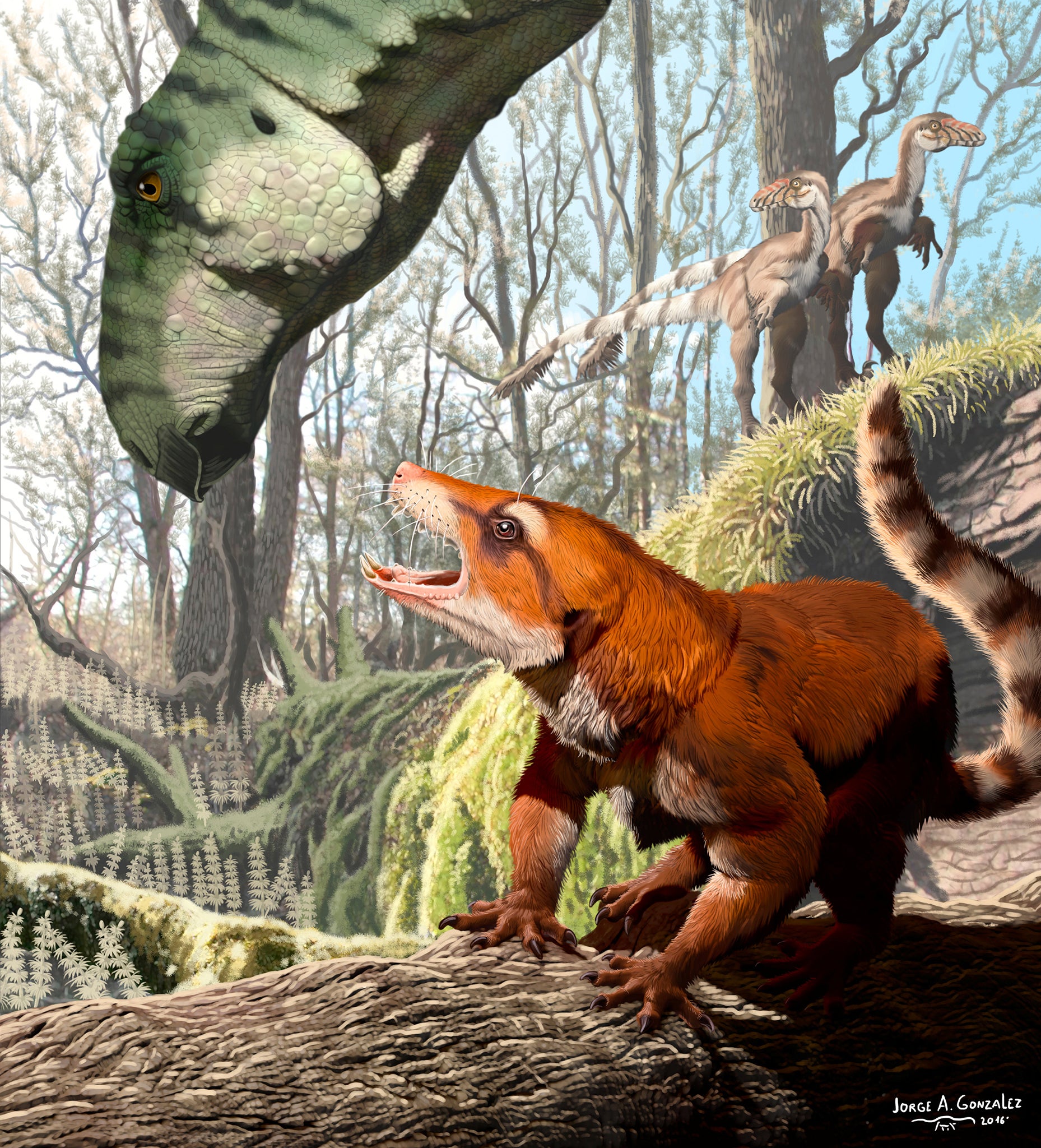Science news in brief: Scientists could resurrect near-extinct northern white rhino, but should they?
Plus a roundup of other stories from around the world
Your support helps us to tell the story
From reproductive rights to climate change to Big Tech, The Independent is on the ground when the story is developing. Whether it's investigating the financials of Elon Musk's pro-Trump PAC or producing our latest documentary, 'The A Word', which shines a light on the American women fighting for reproductive rights, we know how important it is to parse out the facts from the messaging.
At such a critical moment in US history, we need reporters on the ground. Your donation allows us to keep sending journalists to speak to both sides of the story.
The Independent is trusted by Americans across the entire political spectrum. And unlike many other quality news outlets, we choose not to lock Americans out of our reporting and analysis with paywalls. We believe quality journalism should be available to everyone, paid for by those who can afford it.
Your support makes all the difference.When the last male northern white rhinoceros died in March, people mourned the mammal’s step towards extinction.
With no members of the subspecies left in the wild and just two females remaining in captivity, it felt as if the last bit of sand was draining through the rhino’s hourglass. But teams of scientists are working to flip the hourglass back over.
One group hopes to revive the northern white rhino using preserved cells. With the right advances in assisted reproduction or cloning, there could be a second chance for this “unique form of rhinoceros”, says Oliver Ryder, director of conservation genetics at San Diego Zoo Global.
Not everyone agrees that having the capacity to bring back the northern white rhino means it should be done.
Critics question whether the buzz around resurrecting a functionally extinct creature takes attention and resources away from other animals with greater chances of survival.
They also point out that any resurrected northern white rhinos would likely remain in captivity, rather than roaming free in their former habitat in central and eastern Africa, where poaching for horns remains a serious threat.
In their study, Ryder and his colleagues focused on the feasibility of recovering the northern white rhino using cells stored in the Frozen Zoo, a large collection of cryopreserved samples at the San Diego Zoo. These cell lines represent eight presumably unrelated northern whites, Ryder says.
The researchers sequenced these genomes and compared them to genomes from southern white rhinos, the northern white rhino’s closest kin, which underwent a spectacular recovery under protection over the past century, although it remains near-threatened.
They confirmed scientists’ long-held hypothesis that the two rhinos are subspecies, rather than distinct species. This close relationship might bode well for someday using southern white rhinos as surrogates for northern white embryos.
The scientists also discovered sufficient genetic diversity in their northern white rhino samples when compared with the southern white rhinos, Ryder says. “If it came down to the materials in the Frozen Zoo, we could turn those cells into animals.”
What route did the first Americans take? Here is a clue

How did early humans first enter the Americas?
After crossing into Alaska, the Ice Age adventurers may have trekked along two routes: either by foot through the interior of present-day Canada through a grassy passageway between two large ice sheets, or they moved south along the Pacific coast.
Scientists have debated the two theories, and in recent years support for the coastal route has grown from archaeological finds, such as 13,000-year-old footprints on an island in British Columbia. Now, geologists studying boulders and bedrock on Alaska’s southeastern islands have found evidence of an ice-free route some 17,000 years ago down the coast that would have allowed human travel.
“We’re not definitively saying they took the coastal route,” says Alia Lesnek, a graduate student at the University at Buffalo and lead author of the study. “We have some of the first direct evidence that that was something that could be done.”
The finding supports the theory that the first people to populate the Americas were seafarers travelling from island to island.
In the summer of 2015, Lesnek and her colleagues collected rock samples from four islands in the Alexander Archipelago of southeastern Alaska.
Back at the lab, the team determined how long ago the rock samples had been trapped by ice sheets. Glaciers are like slow-moving rivers that pick up rocks and move them. When the ice melts, the boulders are dropped. As they sit on the Earth’s surface, they are exposed to cosmic radiation, which the scientists can analyse.
The team concluded the islands had been covered by ice sheets up until about 15,000 to 17,000 years ago. The finding suggests that the glaciers covering that part of the Pacific coast melted and possibly created a pathway for humans at the right time.
The dating coincides with recently discovered archaeological and genetic evidence that suggests the first pulse of human migration into the Americas was around 16,000 years ago, the team says. The ice sheets covering Canada’s inland corridor did not melt until 13,000 to 14,000 years ago, according to Jason Briner, a geologist at the University at Buffalo and an author on the study.
“Our data suggest the coastal route became available 17,000 years ago,” Briner says. “That’s like 4,000 to 3,000 years earlier than when the inland route opened.”
The team also dated some seal bones that had been previously discovered in a coastal cave and found that the animals were present around 17,000 years ago. The bones suggested that if people had taken the coastal route they would have found food.
Briner says their study only looked at about 10 per cent of the entire coastal corridor, and that future work will aim to apply the same dating methods on other parts of the route.
Big in North America, coyotes look south

Coyotes are excellent colonisers.
They breed fast, eat almost anything and live just about anywhere. They’re living in cities like Los Angeles and New York. They’ve even made it to the Florida Keys and Long Island. In 2010, they crossed the Panama Canal. Now, the only thing keeping them from entering Colombia is a dense patch of forest called the Darien Gap. And camera traps have caught them heading that way.
“I don’t think anyone’s betting against the coyote getting to South America eventually,” says Roland Kays, an ecologist at North Carolina State University. “They have to be one of the most adaptable animals on the planet.”
To understand how these wily wanderers roamed so far, Kays and James Hody, a graduate student, sifted through thousands of museum specimens, fossil records, peer-reviewed reports and records from wildlife agencies and traced the animals’ paths back 10,000 years. Their resulting maps, published in ZooKeys, show how wrong we’ve been about the historical range of our continent’s toughest canids. The maps also provide a foundation for scientists to start asking questions about what happens when new predators enter a habitat, and how hybridisation influenced coyote evolution.
From at least 10,000 years ago, coyotes lived in grasslands, prairies and deserts, as far east as the Mississippi and Ohio rivers and as far west as California. But after 1900, coyotes started moving out, in all directions, into forested habitats. By the 1920s, they had made their way into Alaska, and by the 1990s, to the east coast. Even with wildlife managers working to get rid of coyotes, the animals have managed to expand their range since 1950 by at least twice that of any other North American carnivore during the same time.
Coyotes are not the only ones positioned to swap continents. South America’s crab-eating fox is now in Panama too and headed north. If coyotes make it to South America, this will be the first time the continents have exchanged predators in 3 million years. There’s no telling what will happen.
Still another question remains.
“Is this something we should view as a natural expansion, that’s a good thing, or that we should view as an invasive species, that’s a bad thing?” Kays says. “In some ways that’s a philosophical question, because in the end, there’s nothing we can do about it.”
Found under big foot, a new species’ skull

In 2006, palaeontologists in Utah were examining fossils of a dinosaur when they found beneath its foot a tiny skull unlike anything they had seen in the area.
Now, scientists say that the fossilised cranium belonged to an ancient relative of modern mammals that once scurried around 130 million years ago. The new species, called Cifelliodon wahkarmoosuch, is a member of an extinct group known as the haramiyids, which may have bridged the transition between reptiles and mammals.
The finding, published in the journal Nature, shows that haramiyids spread much farther across the globe and in a later time period than previously thought.
“When I first saw the specimen I was stunned,” says Simone Hoffman, a palaeontologist from the New York Institute of Technology who was not involved in the paper. Hoffman, who wrote a perspective that accompanied the study, says she was surprised to see a haramiyid fossil among the thousands of dinosaur specimens found in North America from the Cretaceous period.
In the 1900s scientists had uncovered teeth and jawbones from haramiyids in parts of Eurasia that dated back to the Jurassic and Triassic periods, more than 145 million years ago. Then around 2014 and 2015, researchers found skeletons and soft tissue of haramiyids in China, sparking a debate about where the group belongs on the evolutionary tree. Some argue that its place is within the mammal family, while others have said that it exists just outside that classification.
“It’s a mystery group,” says Zhe-Xi Luo, a palaeontologist at the University of Chicago and an author on the paper.
If haramiyids are mammals, then the group pushes back the birth of mammals to about 220 million years ago. But if they are not, mammals date to only about 185 million years ago. Luo says he and his colleagues place the haramiyids at the doorstep of mammals – close but just outside.
Scientists think haramiyids were diverse and possibly occupied similar ecological niches, eating insects, plants or meat. There is evidence that some of the creatures could glide like flying squirrels and others could swim.
Adam Huttenlocker, a palaeobiologist at the University of Southern California and lead author on the paper, made the link that the fossil found in Utah belonged to a haramiyid. The team performed CT scanning of the skull, which showed that its brain was small, and it likely had a good sense of smell.
Though most furry creatures during the Mesozoic era – which spanned the Triassic, Jurassic and Cretaceous periods – were about the size of a mouse, Cifelliodon was about as big as a rabbit, and weighed about 2.5 pounds.
“For a Mesozoic proto-mammal it was pretty huge,” says James Kirkland, a palaeontologist from the Utah Geological Survey who first found the skull. “It was like a godzilla proto-mammal.”
© New York Times

Join our commenting forum
Join thought-provoking conversations, follow other Independent readers and see their replies
Comments